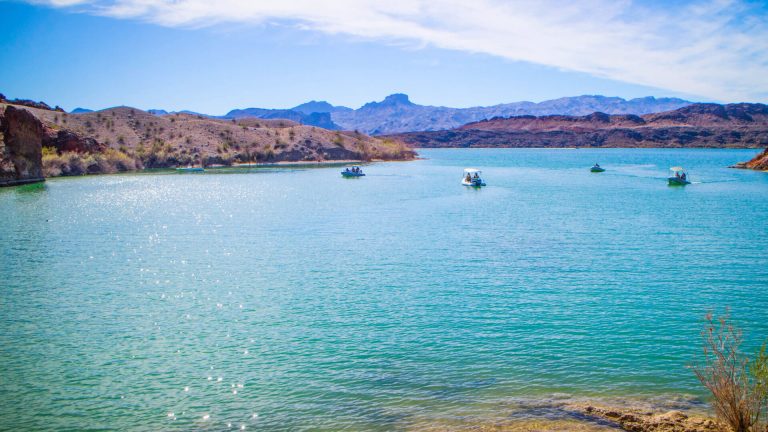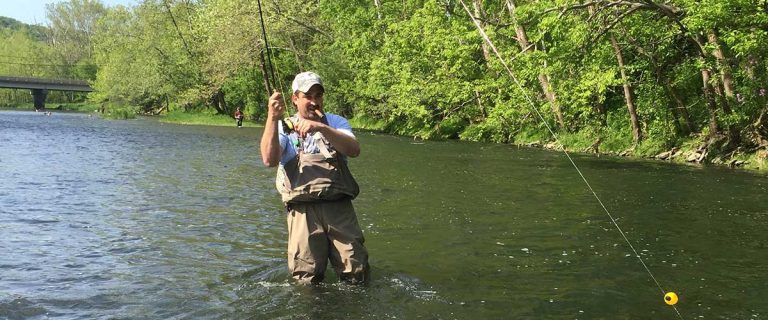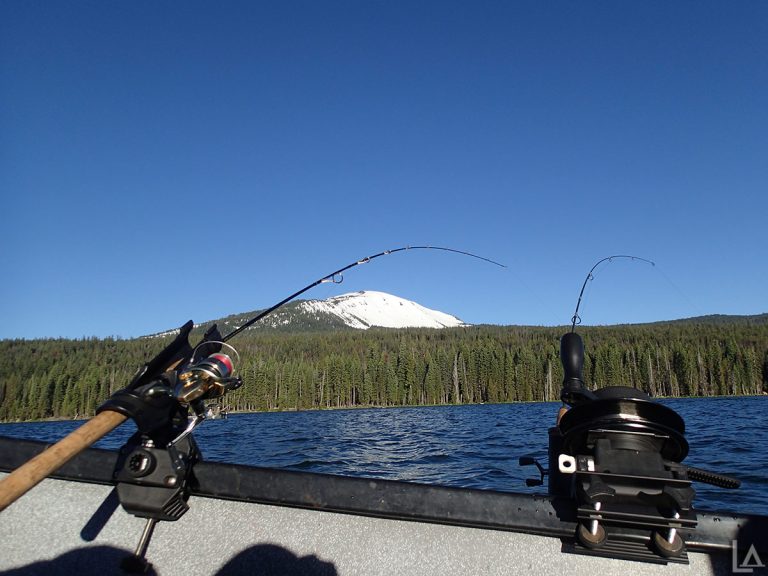Hawaii offers mainland anglers an unparalleled fishing experience—crystalline waters teeming with exotic species found nowhere else in the United States. However, the islands’ distinct ecosystem and cultural heritage have shaped fishing regulations that differ significantly from mainland norms. For visitors accustomed to continental U.S. rules, understanding these differences is crucial to avoid hefty fines and ensure conservation of Hawaii’s marine resources.
Non-Resident Licensing Requirements
Unlike many mainland states, Hawaii has only recently implemented a non-resident recreational marine fishing license requirement. This represents one of the most significant changes mainland anglers need to be aware of when planning a Hawaiian fishing trip.
Current non-resident license fees (2024):
| License Type | Duration | Fee |
|---|---|---|
| Daily | 1 day | $20 |
| Weekly | 7 consecutive days | $40 |
| Annual | 365 days from purchase | $70 |
All non-resident anglers 9 years and older must obtain a license for marine recreational fishing activities in Hawaiian waters. Licenses can be purchased online through the Hawaii Division of Aquatic Resources website or through authorized vendors throughout the islands.
For freshwater fishing in designated areas, a separate Hawaii freshwater game fishing license is required. These can be purchased through the same channels as the marine license.
Where to purchase: Licenses can be obtained through the Hawaii Department of Land and Natural Resources online portal or at authorized fishing supply retailers. For more information about fishing license requirements in other states, visit US Fishing Licenses.
Deep 7 Bottomfish Regulations
Perhaps the most sought-after fishing experience in Hawaii involves targeting the legendary “Deep 7” bottomfish—a group of prized deep-water species with strict harvest regulations.
The Deep 7 species include:
- Onaga (Etelis coruscans)
- ‘Ōpakapaka (Pristipomoides filamentosus)
- Ehu (Etelis carbunculus)
- Kalekale (Pristipomoides sieboldii)
- Lehi (Aphareus rutilans)
- Gindai (Pristipomoides zonatus)
- Hāpu’u (Hyporthodus quernus)
Hawaii manages these species under an Annual Catch Limit (ACL) system that differs dramatically from mainland practices. For 2024-2025, the total ACL for Deep 7 species in federal waters stands at 492,000 pounds.
Key regulations mainland anglers must know:
- Non-commercial bag limit: 5 fish per person per day (all Deep 7 species combined)
- In-season closures: When commercial catches approach the annual limit, all federal waters close to Deep 7 fishing with minimal notice
- Required reporting: All Deep 7 catches must be reported within 24 hours
- Equipment restrictions: Only two fishing lines per person with a maximum of three hooks per line
Violations can result in fines exceeding $1,000 per offense and potential confiscation of fishing equipment. Before planning a bottomfishing trip, check the NOAA Fisheries Pacific Islands website for current status and closure information.
Closed Seasons and Species Protections
Several prized Hawaiian species have strict seasonal closures that don’t align with mainland regulations for similar species. These closures are timed around spawning seasons to ensure population sustainability.
Critical seasonal closures:
Kona Crab (Ranina ranina)
- Closed season: May through September
- Minimum size: 4″ carapace width
- Female harvest: Prohibited year-round
- Gear restrictions: No spears or nets; crab loops only
Spiny Lobster (Panulirus marginatus)
- Closed season: May through August
- Minimum size: 3.25″ carapace length
- Female with eggs: Prohibited year-round
- Method restrictions: No spears; hand harvest only
‘Ōpelu (Mackerel Scad)
- Traditional zone restrictions: February through August in designated areas
- Hook-and-line only during restricted periods
- Cultural significance: Used in traditional fishing practices
The Hawaii Administrative Rules provide complete information on closed seasons, which are strictly enforced through routine patrols and inspections.
Shark and Ray Protections
Hawaii maintains some of the strictest shark and ray protection laws in the United States—a stark contrast to many mainland regions where certain shark species may be legally harvested.
Current regulations prohibit:
- Knowingly capturing, entangling, or killing any species of shark or ray in state waters
- Possessing, selling, or offering for sale any shark or ray part
- Using any gear type specifically designed to catch sharks or rays
These protections extend to all shark and ray species, regardless of size or abundance. Penalties for violations include fines up to $10,000 per shark and potential imprisonment for repeated offenses.
The only exceptions are for:
- Permitted research activities
- Public safety situations with immediate threat
- Traditional Native Hawaiian cultural practices (with proper documentation)
For more information on shark protections, visit the Hawaii Department of Land and Natural Resources Shark Information page.
Gear Restrictions
Hawaii maintains unique gear restrictions that often surprise mainland anglers accustomed to different equipment regulations.
Net Regulations
Throw nets (cast nets):
- Minimum mesh size: 2 inches stretched
- Illegal to sell or possess nets with smaller mesh
- Registration required for nets over 10 feet in diameter
Gill nets:
- Must be physically inspected every 2 hours
- Maximum soak time: 4 hours (must be removed from water)
- Registration and tagging required
- Minimum mesh size: 2 inches stretched
- Maximum length: 125 feet
Lay nets:
- Prohibited in certain areas completely (Maui, portions of Oahu)
- Maximum length: 125 feet
- Must be attended at all times
Spearfishing Restrictions
Spearfishing regulations in Hawaii differ significantly from mainland practices:
- Prohibited for all crustaceans (including lobster and Kona crab)
- Nighttime spearfishing (with artificial light) prohibited in certain areas
- SCUBA spearfishing prohibited in designated areas
- Spearfishing equipment must be registered in certain counties
For comprehensive gear regulations, consult the Hawaii Fishing Gear Restrictions guide before your trip.
Protected Species Interactions
Hawaii’s waters are home to numerous protected species that mainland anglers may not encounter regularly. Accidental interactions with these species can result in severe penalties.
Sea Turtles (Honu)
All species of sea turtles in Hawaii are protected under both federal and state law. Regulations prohibit:
- Touching, riding, or disturbing sea turtles
- Approaching closer than 10 feet on land or in water
- Feeding sea turtles
- Harassment of any kind
If a turtle is accidentally hooked or entangled, contact the NOAA Sea Turtle Stranding Hotline immediately at 1-888-256-9840.
Hawaiian Monk Seals
The Hawaiian monk seal is one of the most endangered marine mammals in the world, with approximately 1,400 individuals remaining. Federal and state laws prohibit:
- Approaching closer than 50 feet
- Disturbing resting seals
- Feeding seals
- Any form of harassment
Penalties for monk seal violations can reach $50,000 with potential imprisonment.
Community-Based Subsistence Fishing Areas (CBSFAs)
Hawaii has established special management areas known as Community-Based Subsistence Fishing Areas that have unique, localized regulations. These areas preserve traditional Native Hawaiian fishing practices and may have rules that differ significantly from surrounding waters.
Notable CBSFAs include:
Hā’ena CBSFA (Kaua’i)
- Restricted fishing methods
- Species-specific catch limits
- No night fishing with artificial light
- Detailed regulations available here
Kīpahulu (Maui)
- Restrictions on ‘opihi harvesting
- Seasonal closures for specific areas
- Traditional gear requirements
- Special permits required for certain activities
When fishing near these areas, consult local resources and posted signage, as regulations can change and vary significantly between different CBSFAs.
Cultural Considerations for Mainland Anglers
Beyond legal requirements, mainland anglers should understand the cultural context of fishing in Hawaii. Many fishing practices have deep cultural significance to Native Hawaiians.
Important cultural considerations:
- Subsistence fishing remains an important part of Native Hawaiian culture and food security
- Pono fishing (righteous, sustainable fishing) is a cultural value emphasizing taking only what is needed
- First catch ceremonies are practiced by some Native Hawaiian families
- Moon phases traditionally guide fishing practices and may influence local fishing activity
Respecting these cultural practices demonstrates good stewardship and builds positive relationships with local fishing communities. For more information on cultural fishing practices, visit the Traditional Hawaiian Fishing Practices resource page.
Planning Your Hawaii Fishing Trip
For mainland anglers planning a Hawaiian fishing adventure, proper preparation ensures both compliance with regulations and a successful experience.
Essential Resources
- Hawaii Fishing App: Official state application with regulations, size limits, and closure information
- Hawaii Fishing Regulations Handbook: Comprehensive guide to all fishing regulations
- NOAA Weather Radio: Marine forecasts and weather alerts
Charter Options
For first-time visitors, charter services offer expertise in local regulations and productive fishing grounds. Reputable charter services include:
- Licensed captains familiar with all local regulations
- Proper permits for various fishing grounds
- Equipment that meets all Hawaii requirements
Before booking, verify that your charter has proper Commercial Marine Licenses and can provide guidance on regulations relevant to your target species.
Conclusion
Hawaii’s fishing regulations reflect the islands’ unique marine ecosystems and cultural heritage. While the rules may initially seem complex to mainland anglers, they serve essential conservation purposes and help preserve Hawaii’s fisheries for future generations.
By understanding the different licensing requirements, species protections, gear restrictions, and cultural considerations, mainland anglers can enjoy a successful, compliant, and respectful fishing experience in Hawaii’s legendary waters.
For more information about fishing licenses nationwide and state-specific regulations, visit US Fishing Licenses for comprehensive, up-to-date information.







